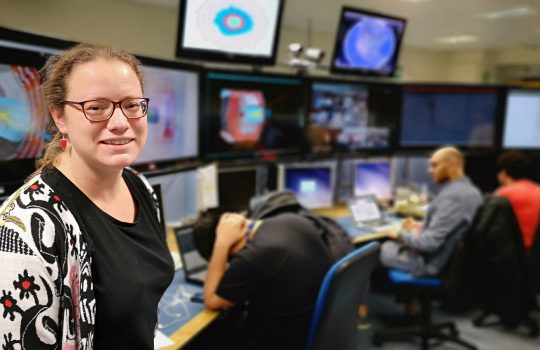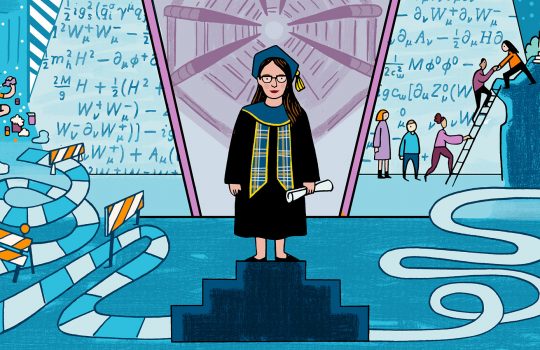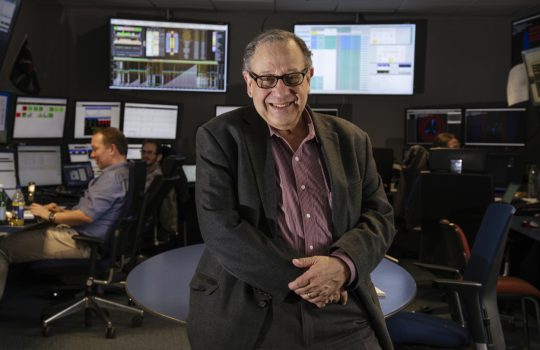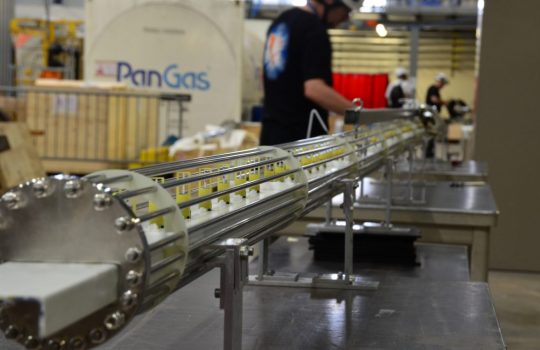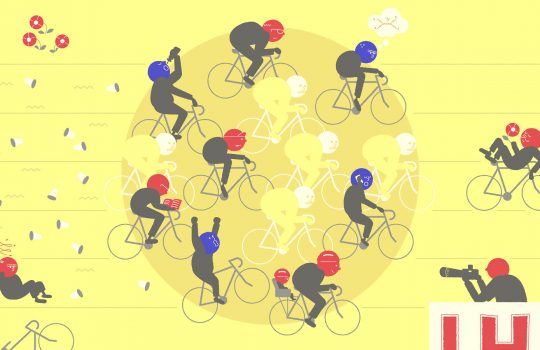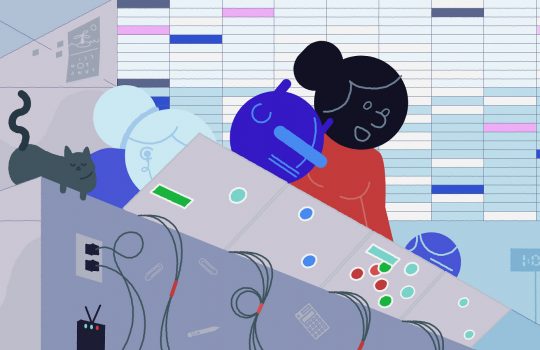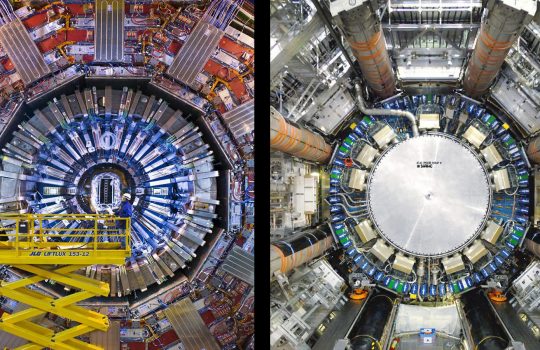Heavy-ion researchers seize their moment
During the short heavy-ion run at the Large Hadron Collider at CERN, every moment counts. As one scientist puts it, experimenters have “four weeks to collect all the data we will use for the next three years.” The data arising from LHC’s collisions of heavy nuclei, such as lead, will be used to study the properties of a very hot and dense subatomic material called the quark-gluon plasma.

